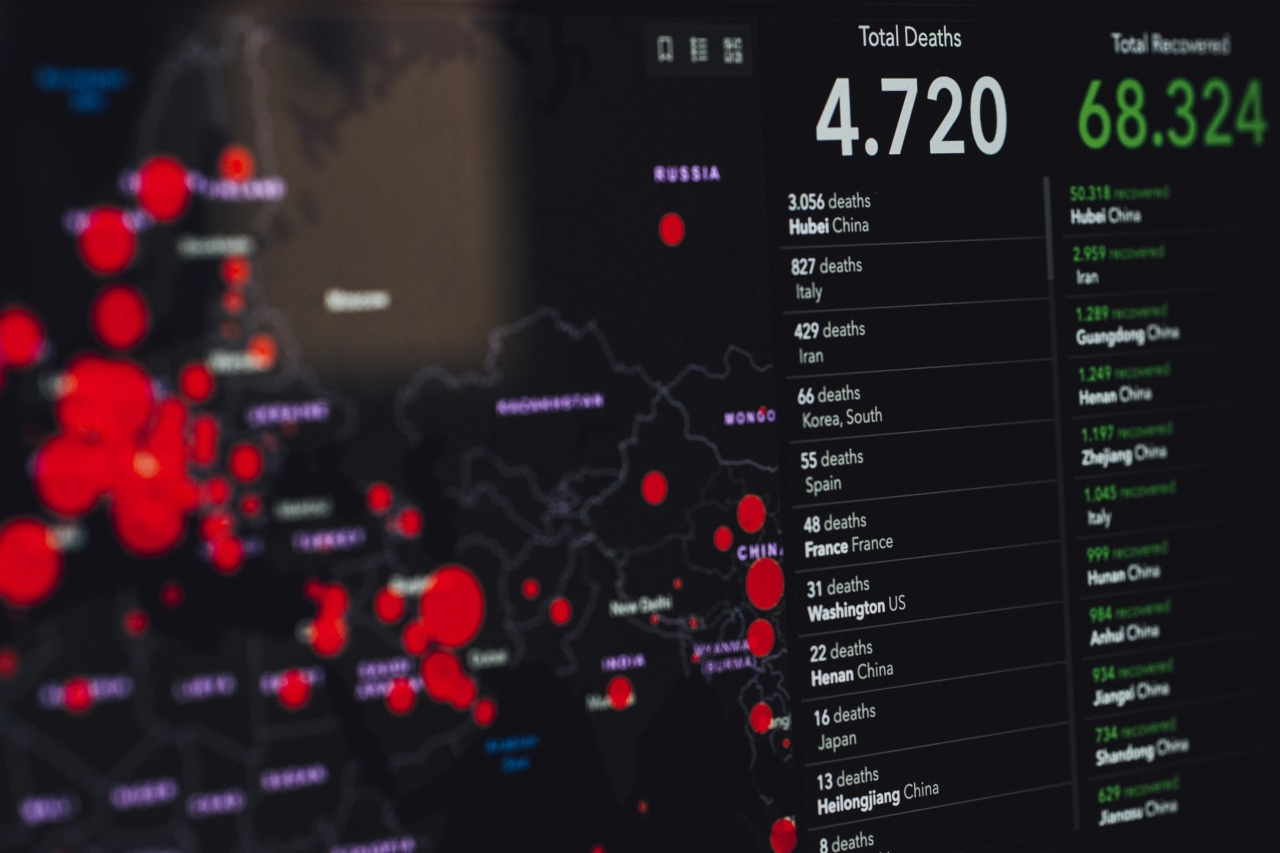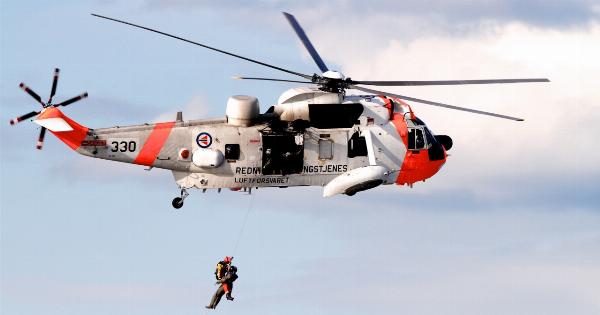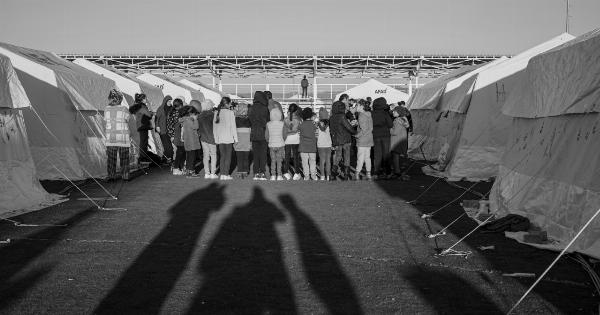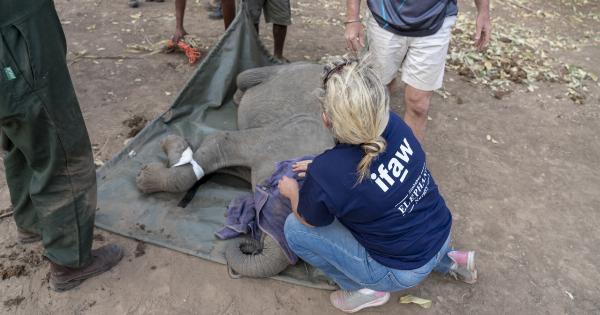The European emergency number, commonly known as 112, is a single emergency number that can be dialed for immediate assistance in case of any emergency across 36 European countries.
This emergency number was established to provide a standardized contact number to connect people with the relevant emergency services, regardless of their location within the European Union.
The history behind 112
The origins of 112 can be traced back to the 1980s when the European Committee for Postal and Telecommunications Administrations (CEPT) recognized the need for a universal emergency number across Europe.
The aim was to simplify emergency contacts and ensure that individuals could easily reach the appropriate emergency services, regardless of their geographical location within Europe.
Initially, various countries in Europe had their designated emergency numbers, such as 999 in the United Kingdom, 112 in Belgium, and so on.
This lack of uniformity posed challenges when traveling between countries or finding oneself in an emergency situation while abroad. Therefore, the idea of a single emergency number for the entire European region gained momentum.
In 1991, a directive from the European Union (EU) recommended member states to adopt 112 as the universal emergency number. The objective was to enhance public safety and facilitate efficient emergency response across the European Union.
Over time, the 112 emergency number gained widespread acceptance and is now widely recognized as the primary emergency number across various European countries.
Why was 112 chosen?
The choice of 112 as the European emergency number was not arbitrary. Several factors contributed to the selection of this particular number:.
1. Simplification
The primary objective of introducing a single emergency number for Europe was to simplify emergency contact for individuals in distress.
The number needed to be easy to remember and quick to dial, ensuring swift response and assistance from emergency services. 112 fulfilled this criterion and could be easily dialed even by individuals in panic or stressful situations.
2. Existing Usage
Many European countries already used or had allocated 112 as one of their emergency numbers. By choosing 112 as the European emergency number, it became possible to build on existing infrastructure and familiarity with the number in some countries.
This helped in a smoother transition and adoption of the single emergency number.
3. International Compatibility
Another crucial consideration was the compatibility of the chosen number with international standards.
Since Europe is a popular traveler’s destination, it was essential to select a number that could be recognized and dialed from all over the world. The 112 emergency number had already been designated for emergency services in various countries outside of Europe, such as Australia, South Africa, and India, making it a globally recognized emergency contact number.
4. Technological Advancements
With the advancements in telecommunication technology, it became easier to redirect emergency calls to the appropriate emergency services based on the caller’s location.
The 112 emergency number could be easily integrated into the existing emergency call routing systems, enabling swift and accurate emergency response.
The benefits of 112 as the European emergency number
The adoption of 112 as the European emergency number brought several significant benefits:.
1. Cross-Border Assistance
One of the primary advantages of the unified emergency number is its cross-border functionality.
Regardless of where an individual is located within the European Union, dialing 112 ensures access to emergency services irrespective of national boundaries. This is particularly useful for travelers, tourists, and expatriates, who may find themselves in emergency situations while away from their home countries.
2. Language Barriers
Another advantage is the provision of language support. With 112, individuals can reach out for help in their preferred language.
The emergency helpline operators are typically multilingual, ensuring effective communication between the caller and the emergency services. Language barriers are minimized, enabling faster and more efficient emergency response.
3. Integration with Existing Emergency Systems
Implementing 112 as the European emergency number allowed for seamless integration with existing national emergency systems.
Emergency call routing systems were configured to recognize 112 as the universally accepted number, ensuring connectivity to the relevant emergency services without any disruption. This helped in the efficient handling of emergency calls and dispatch of appropriate resources.
4. Public Awareness and Education
The adoption of 112 as the European emergency number resulted in extensive public awareness campaigns and educational initiatives. The consistent use of a single emergency number facilitated effective communication to the public at large.
This generated greater awareness of the emergency services available, reduced confusion, and enhanced public safety overall.
Country-specific emergency numbers within Europe
While 112 is the universal emergency number across most European countries, some countries still retain their own national emergency numbers. It is important to be aware of these country-specific numbers when traveling within Europe:.
1. United Kingdom
999 (or 112) – Emergency number for police, fire, and ambulance services.
2. Germany
110 (or 112) – Emergency number for police.
112 – Emergency number for fire and ambulance services.
3. France
17 – Emergency number for police.
15 – Emergency number for medical emergencies.
18 – Emergency number for fire and rescue services.
4. Italy
112 – Emergency number for police.
113 – Emergency number for general emergencies.
115 – Emergency number for fire and rescue services.
5. Spain
112 – Universal emergency number for police, fire, and ambulance services.
Conclusion
The introduction of 112 as the European emergency number has significantly improved emergency response and public safety across European countries.
The unified emergency number ensures prompt access to relevant emergency services, regardless of geographical location or language barriers. The benefits of a single emergency number include cross-border assistance, reduced confusion, and integrated emergency systems.
While some countries retain their national emergency numbers, it is crucial to be aware of the presence and functionalities of 112 for a safe and secure experience within Europe.





























